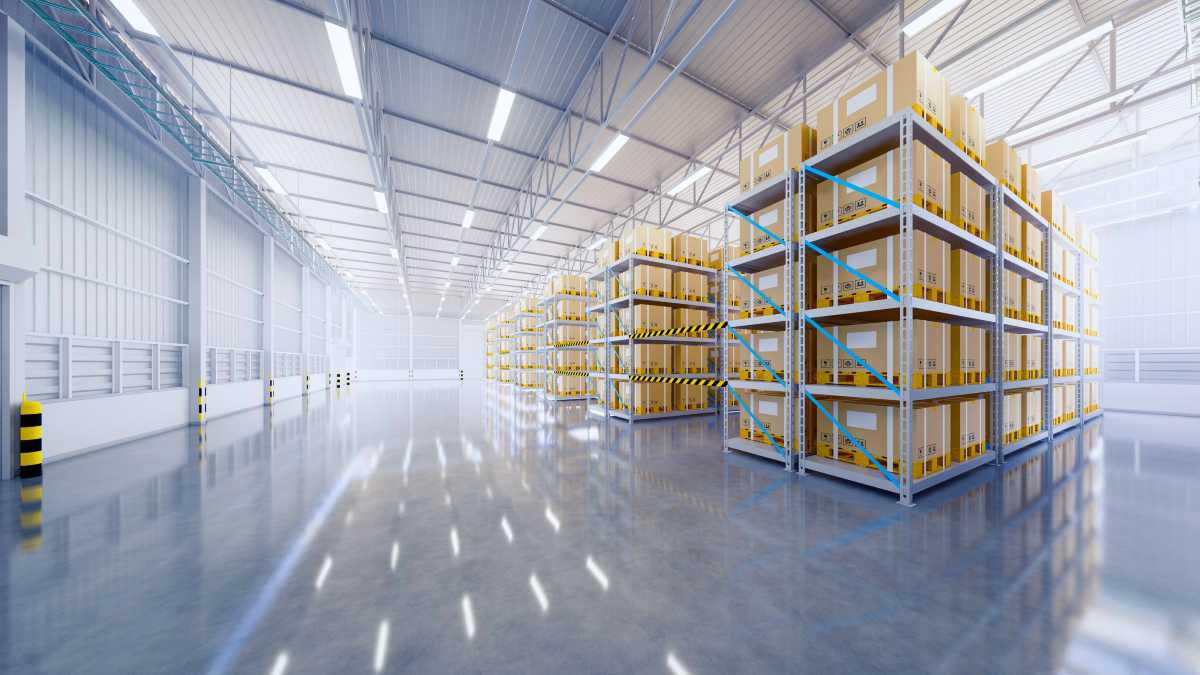Implementing measures for energy saving and environmental sustainability has the urgency of contributing to food security. Hence, it is strategic to use technological innovations in these areas.
By Iris Montoya
It is relevant to understand that "food security", beyond a utopian concept, is a normative reality contemplated by article 25 of the Universal Declaration of Human Rights, numeral 1, which states: "Everyone has the right to an adequate standard of living that assures him, as well as his family, health and well-being, and especially food."

This is why it is consistent that within the Sustainable Development Goals (SDGs), proposed by the General Assembly of the United Nations in 2015, number 2 is to end hunger. Situation of first necessity that today affects 9.8% of the world population, data corroborated by the latest report of the Food and Agriculture Organization of the United Nations (FAO), called "The state of food security and nutrition in the world" (SOFI), which refers that 828 million people suffered from hunger in 2021.
According to Refrigeración Correa y Cárdenas, the cold chain integrates the links of production to guarantee the food security of the population, since it maintains adequate refrigeration conditions and guarantees the safety of food. A vital issue for human survival also contemplated by ISO 22000 that establishes the management system for food safety.
In this sense, the warehouses and refrigerated rooms, designed to maintain the cold chain, play a fundamental role, being the spaces where the cold chain is safeguarded. But they must also answer for the concerns of environmental sustainability and energy saving, prevailing in the current context.
As mentioned in Sustainable Development Goal 9, there is a clear call to "build resilient infrastructure, promote sustainable industrialization and foster innovation."

However, according to Andrés Felipe Loaiza Patiño, technical product consultant at Full Gauge, "the new technologies implemented in warehouses and cold rooms have the ability to contribute to the balance between industry, environment and the development of our activities".
The consultant added that monitoring systems, whether local or remote, as well as the use of IoT are strategic, since facilities dedicated to refrigeration and storage of food must have state-of-the-art technology to optimize energy efficiency, guarantee the use of refrigerants with low environmental impact and be controlled with monitoring software.

For his part, Rafael Rocha, commercial vice president of Emergent Cold Latam, continued in this line of ideas and explained that "when we evaluate our business, from the environmental point of view, we verify that the greatest footprint we leave in the environment is given, firstly, by the use of harmful gases and, secondly, due to the high consumption of electricity that the cold room business has. So we decided to commit to reducing the use of such gases to zero."
New refrigerants
According to Intarcon experts, the fight against climate change has caused certain changes in trends in refrigeration and air conditioning, such as the abandonment of fluorinated refrigerants or with a high greenhouse effect, as well as a greater development of new refrigeration and air conditioning technologies, based on solutions with natural refrigerants.
To get an idea, the brand explains that there are two parameters to identify how polluting a refrigerant gas can be, these parameters are the ODP (Ozone Depletion Potential) that refers to the damage that a substance causes in the ozone layer and the GWP (Global Warming Potential) that shows how much a certain mass of greenhouse gas contributes to global warming.
So, for Intarcon the most prominent refrigerants are NH3 or R717, commonly known as ammonia, natural refrigerant with an ODP and GWP value equal to zero. Followed by CO2 or R744, carbon dioxide, considered as a good alternative to replace HFCs (synthetic refrigerants with a high level of damage to the ozone layer) since its ODP = 0 and its GWP = 1.
And R290 or propane, the most popular and widely used natural refrigerant, belongs to hydrocarbons. A non-toxic, but highly flammable gas, which has an ODP = 0 and GWP = 3.
For his part, Andrés Felipe complemented this information by explaining: "Currently the most environmentally friendly refrigerants would be the families (HC) of Propane (R-290), Butane (R-600), Isobutane (R-600A), those considered flammable".
Regarding C02, he clarified that, although its use for installations on an industrial scale, "the operating pressure ranges (critical, transcritical and subcritical) must be considered, as well as the appropriate materials in the assembly that is carried out, due to the high working pressures". Although he assured that it is a friendly alliance, it already works with smaller quantities and compact compressors.
Design as a key point
On the other hand, if the type of refrigerant changes when a strategy that involves technology and environmental sustainability in warehouses and refrigerated rooms is implemented, so must the way to design and give optimal use to the area in the spaces.
Andrés Felipe points out that "there are two essential components when making a design. In the first place, the cooling power, that is, the cold to be produced or, in a more industrial vocabulary, the heat to be taken from the environment. Secondly, the energy required, defined by the power produced to reach the desired temperature."
Therefore, in the words of the expert, in an efficient design of the wineries, the maximum cooling capacity must be guaranteed with the lowest possible energy expenditure, while complying with the required conservation time (COP).
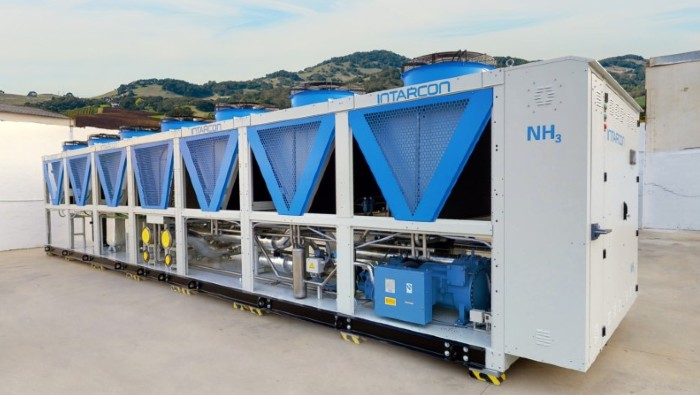
For him, "when it comes to warehouses, refrigerated rooms, a good design will always be the first step since it can generate significant savings in the long term. Apart from the design, proper installation and early maintenance, despite the likely challenges that may entail, will always bring great benefits."
Intarcon shared that, in its particular case, it relies on an online refrigeration calculation software that allows to evaluate the refrigeration needs based on different variables, such as the type of warehouse, thickness and type of insulation, physical dimensions, interior and exterior temperature, the location of the project, the type of product to be stored and the level of load. among others.
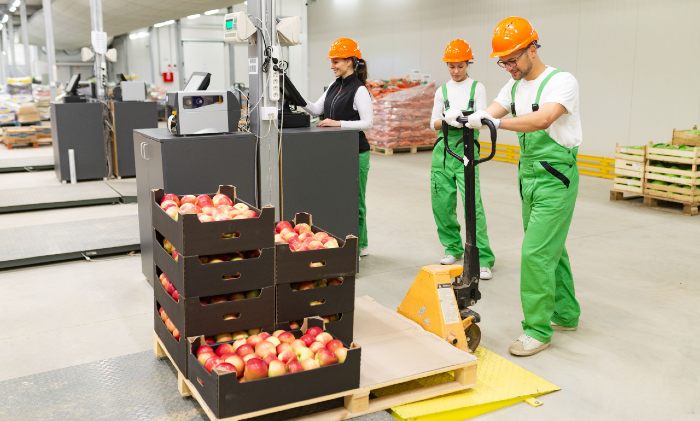
Likewise, the company emphasized that the contribution of refrigeration technology, devices or equipment is determined according to the cooling needs demanded by the installation for the conservation of products in optimal conditions.
"Once we know the real needs of the warehouse or room to be refrigerated, we can choose from a wide range of devices or equipment." For example, in its offer there are compact equipment for industrial use, the Superblock, ideal for warehouses and using R290 (propane), a natural refrigerant with a low environmental impact.
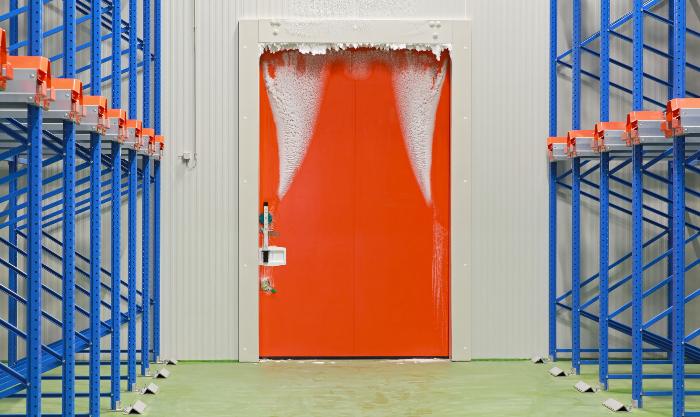
Rafael Rocha commented that in the case of his company, the search they have to use various technologies to reduce the environmental impact, has modified the way they are adapting the cold rooms they have bought and the way they design their new projects.
"Many of the cold rooms we bought in recent years still have old technology, so we have committed to doing a remodel, over the next 5 years, to eliminate the use of harmful gases and seek greater energy efficiency." This sense of energy savings is also related to the high cost of this service in countries such as Colombia, where prices have increased "almost 100%, which has greatly impacted our margins."
Remodeling includes the use of solar panels, more efficient cooling systems and LED lamps. However, Rafael explained that, due to the high energy expenditure of some refrigerated rooms, although the entire roof is used to implement solar panels (and due to current technology), at the moment this only covers 25% to 30% of the demand.
However, faced with the new designs, the company has set a new goal. Rafael Rocha explained in the first place that Emergent Cold Latam is going through a renewal process that includes the inclusion in the team of a person in charge of the company's Environmental, Social and Governance (ESG) criteria, who has already been very involved in including these criteria in its work, but who will now document them in a clear way.
In the same vein, the company's new buildings are being built to be EDGE certified, which implies the use of materials in construction that do not impact the environment, are sustainable and that absorb less heat. There are currently three buildings that are built in this way, the first in Caucedo (Dominican Republic), another in Lima (Peru) and the third in Puerto Callao (Ecuador).
More than innovation: eco-innovation
However, it is necessary to mention that the impact of human activity has generated an undeniable course of damage to the environment, because in the desire for development and the search for comfort it took in most cases the path of overexploitation of the productive potential of nature, without weighing or mediating consequences.
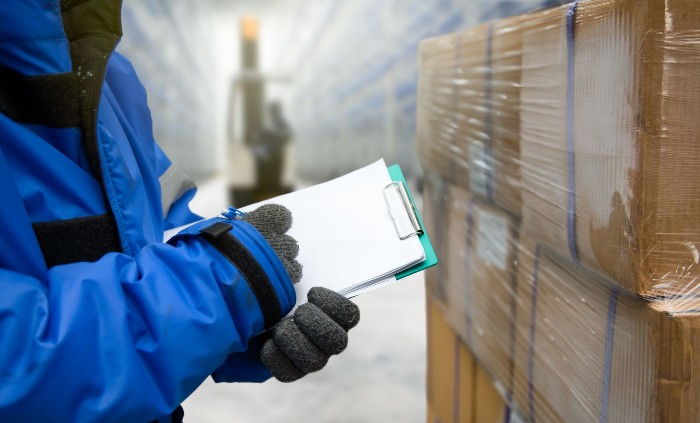
This issue, which arises from the impulse given by the industrial revolution and the green revolution to production methods, as well as the overflowing interest in enrichment that permeates capitalism, when it is not posed in terms of social and environmental responsibility, has had for years counterproposals, by the hand of organizations, entities and collectives interested in finding a balance between human action, technological development and environmental conservation.
In this sense, since 2013 the European Commission (EC) defined the term eco-innovation as "any form of innovation that represents an important advance towards the goal of sustainable development by reducing the effects of our modes of production on the environment, increasing nature's resistance to environmental pressures or a more efficient and responsible use of natural resources".
In the case of Latin America and the Caribbean, since 2017 ECLAC established the factors that determine eco-innovation in Latin American companies, as well as the policies and instruments necessary to promote it, in line with the new Sustainable Development Goals (SDGs), in the document "Green Production Indicators. A guide to move towards sustainable development" That is, a proposal aligned with the achievement of food security.
With this we can conclude that, for spaces such as warehouses and refrigerated rooms, innovation and specifically eco-innovation is of vital importance, because it guarantees environmental sustainability and, as the EC assures, constitutes an opportunity for companies, as it contributes to reducing costs, helps attract new growth opportunities and consolidates its image before its customers.


